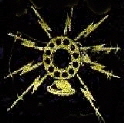
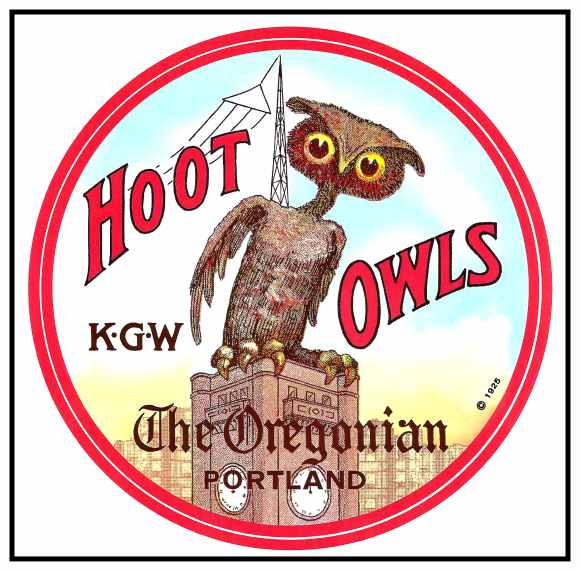
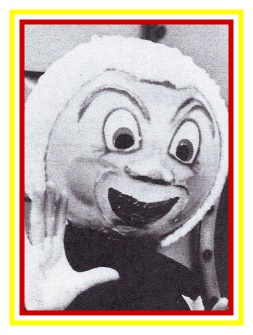
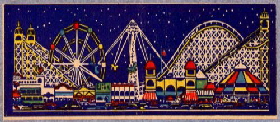

 |
 |
 |
 |
|||
 |
||||||
|
|
||||||||||||||||||||||||||||||||||||||||||||||||||||||||||||||||||||||||||||||||||||
|
Built in 1913 by Pullman, this Southern Pacific West Side Local Train 103 is shown at Union Station in Portland. Pictured here is (left to right): Ike Smith, Conductor; L. Hammer; J. Pitman and B. Tibets. |
|
|
Known for their bright red color, the Red Electrics began service from Portland on January 17, 1914. Originally called the Portland Eugene and Eastern Railroad, the name was changed to Southern Pacific on July 1, 1915. |
||||
|
The Oregon Electrics began providing passenger service to Salem in 1907, and Jim Hill of the Great Northern Railway purchased the line in 1910. The line opened to Albany on July 4, 1912 and on October 15, 1912, service began to Eugene. Southern Pacific, which virtually controlled steam lines up and down the Willamette Valley and South to California, decided to electrify some of their steam lines to give the Oregon Electric some competition. Service from Portland on the Red Electrics was inaugurated on January 17, 1914. The Harriman Group, which owned Southern Pacific, operated the Red Electrics, with their distinctive round windows. These trains served communities surrounding Portland with two main lines, making the Yamhill or McMinnville Loop south and west from Portland’s Union Station. The line went south from Union Station on Fourth Street to Jefferson Street where it split into two lines. Both lines met at St. Joseph, just north of McMinnville. The West Side Local continued through Portland’s West Hills along present-day Barbur Boulevard through Burlingame to Bertha (now Hillsdale) to Beaverton, Hillsboro and Forest Grove, then south to McMinnville. The East Side Local followed the Willamette River to Oswego, then west to Tualatin, Sherwood, Newberg and McMinnville. |
||||
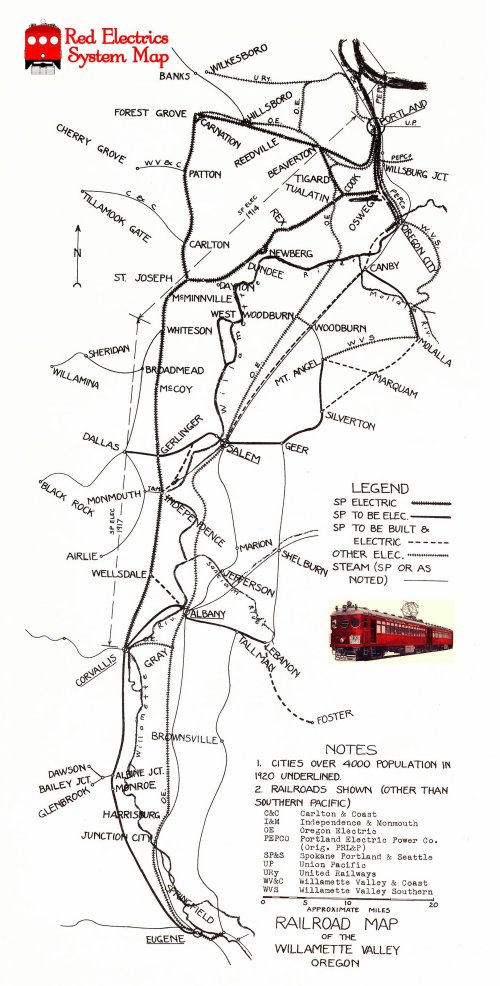 |
||||
|
|
Brakeman Dave Stevens (far left) and “Jake” pose with an unidentified conductor and engineer Cy Willette next to the No. 2 end of the baggage express motor. |
|
|
Newberg Local No. 323 waits on track No. 1 at Union Station in 1914. The Southern Pacific’s first car order from the Pullman Company of Chicago included 13 passenger cars, 17 combination baggage and passenger cars, five baggage express cars, and 11 passenger trailers. |
|
|
An inbound three-car Reedville Local train is stopped at Fourth Street on a snowy day in Portland in 1916. |
|
|
West Side Local Train 107 stopped at the Fourth Street Station in 1920. |
|
|
Early view of the Southern Pacific shelter at Third and Miles Street. |
|
|
The East Side Local No. 359, which followed the Willamette River to Oswego, is seen westbound near Fulton in 1922. |
|
|
A Southern Pacific electric train at Cemetery Station. |
|
|
Frigid view of the 1400-foot Elk Rock Trestle on a snowy day, January 18, 1916. |
|
|
Falling rocks frequently obstructed the tracks and occasionally damaged the trains on the Elk Rock Trestle which opened in 1888. |
|
|
After an incident when a rock crashed through the coach and hit the forehead of Mrs. Ella Newlands, the wife of the president of the Oswego Cement Company, it was decided that a tunnel should be dug through Elk Rock. Mrs. Newlands was a bit shaken and the cuts required several stitches. It is said that she had to wear a wig for some time after the accident. Shortly afterward, work began on the Elk Rock Tunnel. The northern end of the trestle is visible to the left and construction of the tunnel is shown on the right. |
|
|
Allowing trains to bypass the dangerous Elk Rock Trestle, Elk Rock Tunnel opened on December 5, 1921. |
|
|
The West Side Local cut through Portland’s West Hills along present-day Barbur Boulevard through Burlingame to Bertha in Hillsdale. |
|
|
|
Southern Pacific electric train at the McMinnville Depot in 1915. |
|
|
Southern Pacific train at Newberg in 1925. |
|
|
East Side Local No. 358 in Newberg in 1925. |
|
|
On June 17, 1917, service was added for a three hour and fifteen minute ride to Corvallis on a total of 180 electrified miles. East Side Local Train No. 358 is shown at Corvallis in 1925. |
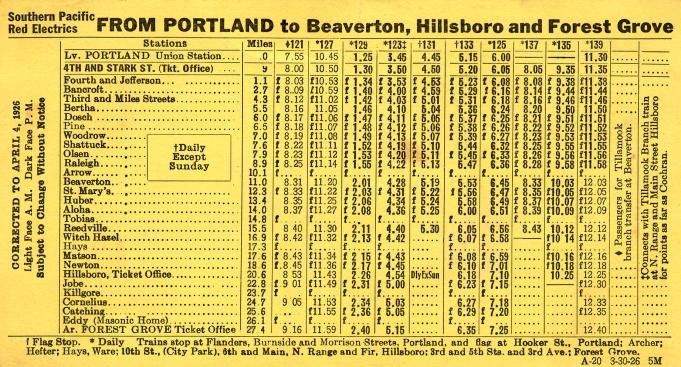 |
|
Southern Pacific Red Electric Schedule from March 3, 1926. |
|
By 1920, sixty-four Red Electric trains operated daily. The Red Electrics were the finest passenger cars in the Pacific Northwest and their service was second to none. The interiors were trimmed in Mahogany and the beautiful plush green upholstered seats made the ride fairly comfortable. Southern Pacific was the only major steam passenger railroad company to convert some of its lines to electricity. The main line to California was not electrified and it continued as a steam line till the 1950s when diesel trains took over the service. Union Pacific still uses the line today for freight service. The distinctive round windows were actually developed by Southern Pacific as a safety feature. In case of a crash, this design gave more protection for a motorman. Though they only lasted 15 years, the Red Electrics provided modern, fast, quiet and efficient passenger service for the citizens of the Willamette Valley. Buses began to operate in the mid-1920s, and after several years of declining revenues, the Red Electrics made their final run on October 5, 1929. |
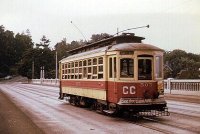 |
|||
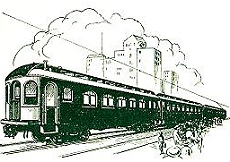 |
|||
|
|
|
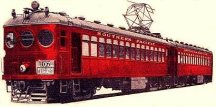 |
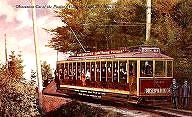 |
||
|
|
|
|
Last updated 10-25-16 |
|
copyright © 2017 PdxHistory.com |